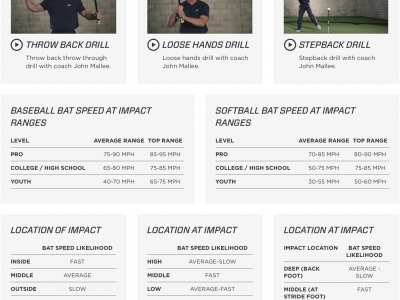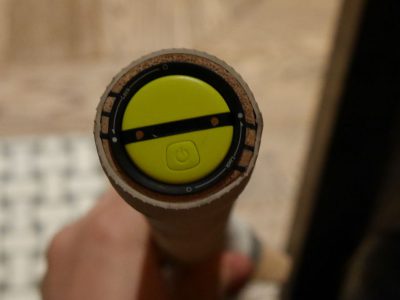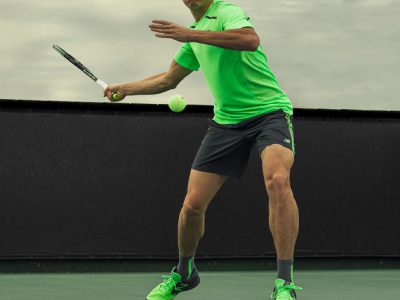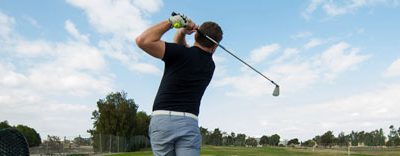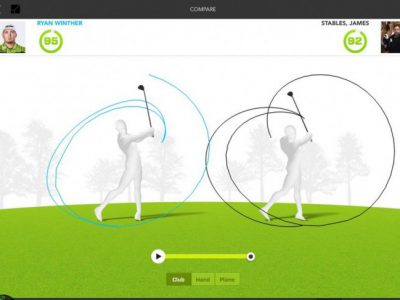Computerworld – Jason Fass, the CEO of Zepp Labs, imagines a future for sports where sensors are everywhere: in balls, bats, footballs and in a player’s clothing. It’s hard not to get caught up in this vision.
A big part of sports is all about collecting and analyzing data — and sensors can give you more of that data to work with, much more. Improving your own game with 3-D visualizations of a golf swing is part of it, too.
“We believe that every ball, bat, racket, club, glove, helmet will be digitally connected,” said Fass. “We are building a company platform to enable those experiences and capture all that data.”
Zepp makes sensors for baseball, tennis and golf, and it now has more money to work with to develop more products. This week the Los Gatos, Calif.-based company, founded in 2012, announced that it had received $15 million in additional funding. That brings to $20 million the amount of money it received last year.
GGV Capital led the funding round with participation from Legend Capital, Bertelsmann and Cherubic Ventures.
Zepp sensors have two accelerometers, a gyroscope and an ARM processor. On a baseball bat, for instance, the sensor weighs 6 grams and attaches to the knob of the bat. The battery can provide five hours of continuous streaming in Bluetooth mode. Among the things the sensor measures are the bat swing speed, its angle on impact, and the amount of time the bat spends in the batting zone.
The sensors, which sell for $149 each, can produce similar types of metrics for golf and tennis. The data is collected using a mobile app.
Zepp is an Internet of Things company of a sort. It is building a connected universe of devices, but its products aren’t about controlling something in the same way that Nest, the thermostat maker acquired by Google, can control room temperature via an app.
In time, Fass believes that sports teams will have sensors in all their equipment. For instance, in football, coaches will be able to measure the acceleration of a wide receiver, or the arm speed and velocity of a quarterback. “That’s going to depend on technology companies like us making the product unobtrusive,” he said.
With those sensors will come a flood of data. In the last 30 days, Fass said its technology has been used by customers to collect data on 500,000 golf swings.
Zepp considers its core technology to be its software, which turns the sensor data into useful metrics. But this industry is also keenly interested in improvements in technologies such as battery power, as it aims to shrink the size of the sensors. The battery is about half the volume of the sensor device, and a little less than half its weight, said Fass.
The entire field of integrating sensor technology in sports is an emerging one, with new products gaining notice. At the recent Consumer Electronics Show in Las Vegas, one attention-getting arrival was a sensor-equipped $295 basketball by Infomotion Sports Technologies. The 94Fifty Smart Sensor Basketball provides data on shot arc, speed, dribble and other metrics.
Gartner estimates that the market for wearable electronic devices, along with apps and services for fitness and personal health, was worth about $1.6 billion worldwide last year. That’s expected to rise to $5 billion by 2016.

